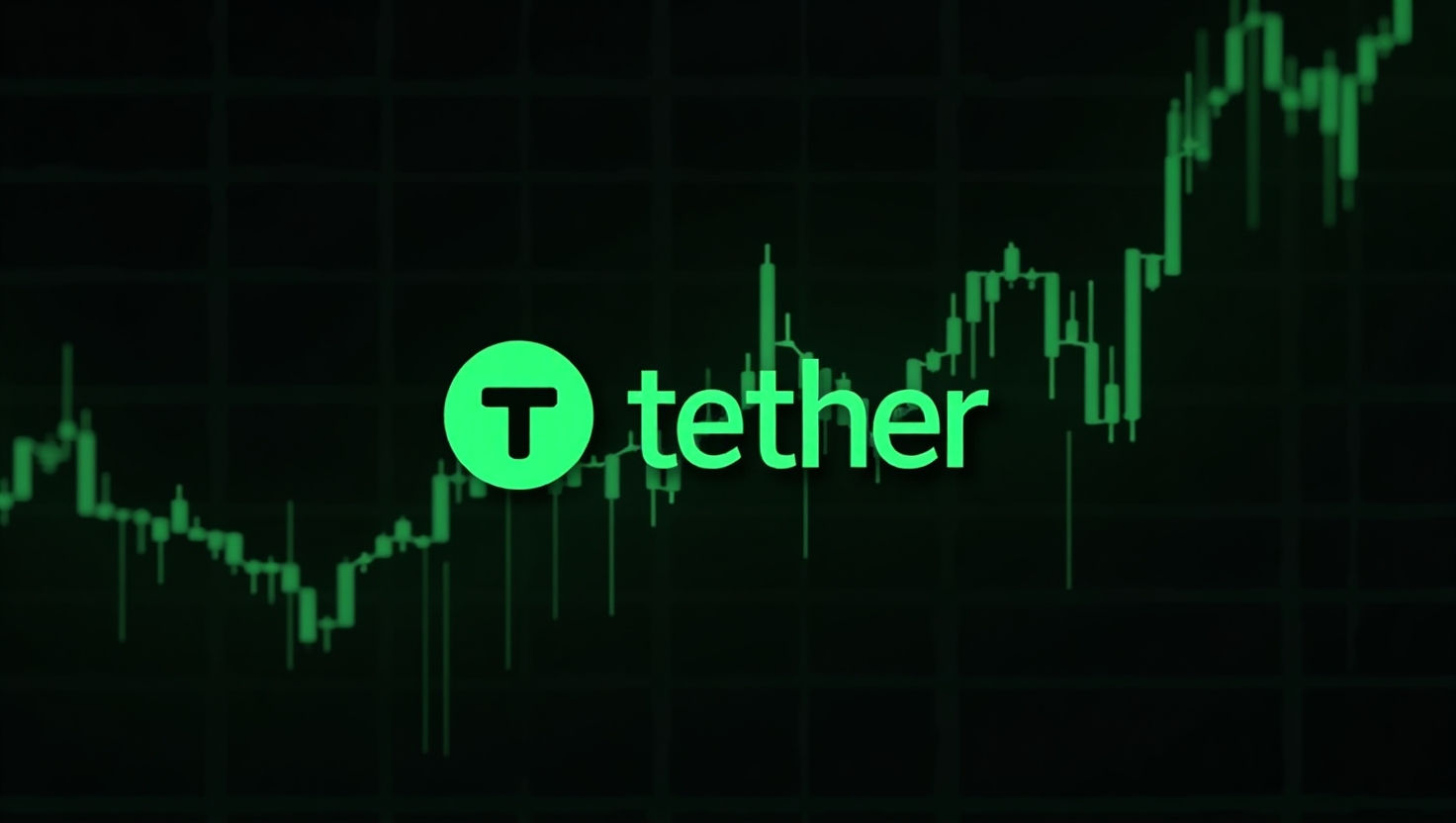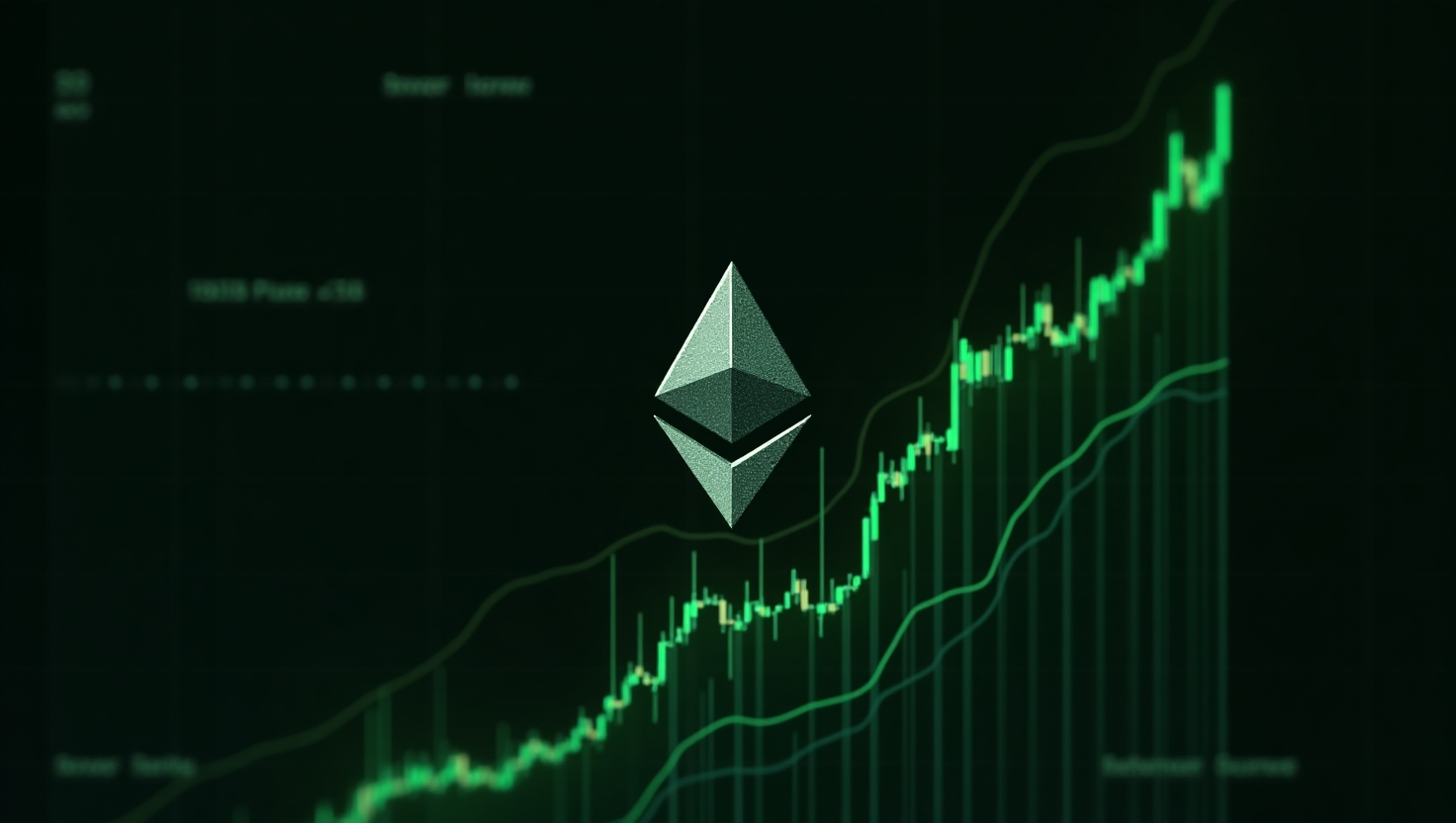Coins
Tether Earns $4.9B in Q2, Invests $4B in U.S. Growth

Tether International, the issuer behind the USD₮ stablecoin, has revealed a record $4.9 billion net profit for Q2 2025, part of a combined $5.7 billion profit for the first half of the year. According to an independent attestation by BDO, the firm now holds over $162.5 billion in assets against $157.1 billion in token liabilities, leaving roughly $5.4 billion in excess reserves.
USDT Expansion and Treasury Strength
Tether minted $13.4 billion USD₮ during the quarter, lifting total supply above $157 billion, reflecting a year-to-date increase of $20 billion. The token remains a crucial liquidity infrastructure in over 150 countries for commerce, remittances, and digital finance platforms.
At the same time, Tether increased its exposure to U.S. Treasuries to $127 billion by quarter-end, comprising $105.5 billion in direct holdings and $21.3 billion in indirect exposure, an $8 billion rise over Q1. This makes Tether one of the largest private holders of U.S. government debt.
Profit Breakdown & Financial Resilience
Of the first-half net profit of $5.7 billion, $3.1 billion came from recurring operational income. The remaining $2.6 billion stemmed from mark-to-market gains on holdings of Bitcoin and gold.
Importantly, shareholder equity remains steady at approximately $5.47 billion, offering a solid buffer against volatility and confirming Tether’s strong solvency.
Strategic U.S. Investments
Leveraging its robust profits and reserves, Tether has directed around $4 billion of retained earnings into strategic investments within the U.S. ecosystem. Key initiatives include:
- * Investments via XXI Capital, a Bitcoin treasury company.
- * Funding to video-sharing platform Rumble and its Rumble Wallet product.
- * Support for infrastructure ventures in AI, fintech, and digital communications.
These investments highlight Tether’s pivot from pure stablecoin issuance toward broader infrastructure engagement.
Regulatory Context
CEO Paolo Ardoino emphasized Tether’s role in advancing global dollar-denominated liquidity, “Q2 2025 affirms what markets have been telling us all year: trust in Tether is accelerating… we’re not just keeping pace with global demand, we’re shaping it.”
The performance comes amid U.S. regulatory momentum, including the adoption of the GENIUS Act, which embeds stablecoin frameworks into financial legislation—underscoring Tether’s ambition to align with forthcoming domestic oversight.
Final Takeaway
Tether’s Q2 results underscore a resilient, well-capitalized stablecoin empire built on strong reserves, reliable USD₮ growth, and profitable operations. With over $127 billion in Treasury exposure, diversified income streams, and substantial domestic reinvestment, Tether continues to establish itself as a cornerstone of dollar-based digital infrastructure worldwide.
Also Read: Hong Kong Freezes Stablecoin Licensing Through 2025 As Licensing Framework Takes Effect
Coins
MoneyGram Taps Crossmint to Enable Instant USDC Transfers Abroad

MoneyGram has partnered with Crossmint to embed stablecoin capabilities into its remittance network, launching in Colombia. The collaboration enables senders to send funds that are converted into USDC, which recipients can store, cash out, or spend via upcoming tools.
How It Works
Through the integration, remittances sent via MoneyGram to Colombia will settle instantly using Crossmint’s wallet infrastructure. Recipients receive funds in USDC stored in a Crossmint-powered wallet.
The funds aren’t stuck there recipients can:
- Hold USDC as savings, potentially hedging against peso volatility
- Cash out to Colombian pesos at any of MoneyGram’s more than 6,000 locations across the country
- In future phases, spend their USDC globally with linked Visa or Mastercard debit cards, and access savings-type incentives on their stablecoin balances
Why This Matters
The rollout tackles long-standing frictions in international remittances namely delays, high fees, and forex risk. By using stablecoins and instantly settling transfers, MoneyGram aims to offer faster and cheaper cross-border payments.
Crossmint brings to the table a full stack infrastructure wallets, compliance (KYC/AML), settlement, payouts—and abstracts away blockchain complexity through Web2-friendly APIs. This allows MoneyGram to offer crypto rails without needing to build or manage each part itself.
First Market: Colombia
Colombia is the launch market for this stablecoin-powered remittance service. It is seen as a logical choice due to the country’s high remittance inflows, wide network of MoneyGram cash-out locations, and the peso’s historical volatility.
Looking Ahead
As this service rolls out, key things to watch include: How quickly recipients adopt holding USDC versus immediately converting to pesos and the fees and spreads at cash-out points. When global spending via card integrations becomes live and how this moves the needle for MoneyGram’s broader stablecoin strategy and competition in the remittance sector.
Also Read: Musk’s xAI and X Sue Apple & OpenAI Over Monopoly Concerns
Coins
SHIB Price on Edge as Shibarium Nears 270M Address Milestone

Shiba Inu’s (SHIB) price remains fragile as its Layer-2 network, Shibarium, inches closer to a pivotal milestone—270 million unique addresses. While this much-anticipated benchmark signals impressive ecosystem growth, underlying metrics and market sentiment suggest a more cautious outlook.
Shibarium Growth Meets Slumping Activity
Shibarium now boasts 268 million addresses, just shy of the 270-million milestone, alongside over 1.54 billion transactions recorded to date. These figures underscore continued adoption and user engagement.
However, deeper indicators offer a mixed narrative:
- Total Value Locked (TVL) has declined by approximately 12% over the past month, bringing SHIB’s DeFi ecosystem to around $1.63 million—one of the smallest TVLs among Layer-2 platforms.
- Daily network fees, measured in BONE (Shibarium’s native token), reached just 20.08 BONE (~$3.30), signaling low transactional value.
Whale Dwindle Dampens Market Sentiment
Investor sentiment remains strained as whales and smart money reduce their exposure:
- Whales now hold 45 billion SHIB, down from 97 billion in June.
- Smart money holdings dropped to 44.5 billion SHIB, from 53 billion in the same period.
This pullback from larger holders suggests a waning conviction in SHIB’s near-term trajectory.
Technicals: Setup for Bearish Breakout?
On the technical front, SHIB’s weekly chart reveals a symmetrical triangle also referred to as a bearish pennant, that typically presages downward movement. Price continues to trade below both the 25-week and 50-week moving averages, signaling weak momentum.
Should SHIB break lower, the next major support lies at $0.0000069, the July low, presenting a notably bearish risk.
What to Watch Next
| Indicator | Signal |
|---|---|
| Shibarium address growth | Positive long-term narrative |
| TVL and fees | Weak ecosystem activity |
| Whale and smart money holdings | Declining market confidence |
| Chart pattern and moving averages | Bearish breakout risk |
Bottom Line
Shibarium’s approach toward 270 million addresses highlights ecosystem expansion—but decreasing TVL, low fee activity, and retrenching whale holdings cloud SHIB’s immediate outlook. Poised beneath a bearish technical setup, SHIB’s price may struggle unless renewed buying interest or on-chain reinvigoration materializes to shift sentiment.
Also Read: Amendment in GENIUS Act Already in Motion: Banks Urge Senate to Close Stablecoin Law Gaps
Ethereum
Ether Surges Above $4,000 for First Time Since December 2024

Ethereum (ETH) surged past $4,000 on August 8, 2025, marking its first return to this psychological level since December 2024. The move has reignited bullish sentiment in the altcoin market and positioned ETH as a leading contender for the next major crypto rally.
Institutional Demand and ETF Inflows Fuel the Rally
One of the biggest drivers behind Ethereum’s rise is a surge in institutional interest. Newly approved Ethereum ETFs have seen significant inflows in recent weeks, drawing billions of dollars from both retail and professional investors.
Data shows large treasury holdings by public companies and blockchain-native firms, further signaling long-term confidence in Ethereum’s ecosystem. Analysts note that the ETF momentum mirrors the pattern Bitcoin saw earlier this year, when similar products helped push BTC to multi-year highs.
Derivatives Market Points to $4,400 Target
Options market data reveals that Ethereum’s net gamma exposure between $4,000 and $4,400 is negative. In simple terms, this means market makers may need to buy more ETH to hedge their positions if the price keeps rising, a dynamic that can accelerate upward momentum.
Some traders believe this could quickly push ETH toward $4,400, provided the breakout above $4,000 holds over the coming days.
Altseason Hopes Rise
Ethereum’s climb comes as Bitcoin’s price remains relatively flat, causing a dip in BTC dominance and boosting altcoin performance. Historically, such shifts have preceded “altseasons,” where capital flows heavily into non-Bitcoin assets.
ETH’s renewed strength also coincides with upgrades and scaling improvements on its network, including Layer-2 adoption growth and upcoming Ethereum Improvement Proposals (EIPs) aimed at reducing transaction costs and improving efficiency.
Market Watching for Breakout Confirmation
Despite the bullish momentum, analysts caution that ETH must sustain its position above $4,000 to confirm the breakout. If the price falls back below this threshold, short-term traders may take profits, potentially triggering a retracement.
Still, sentiment remains overwhelmingly positive. The combination of ETF inflows, corporate accumulation, and favorable derivatives positioning has created a potent setup for further gains.
The Bottom Line
Ethereum’s surge past $4,000 signals a renewed wave of confidence from investors and institutions alike. If the bullish setup plays out, the next key target sits at $4,400 — and beyond that, a potential push toward its all-time high.




